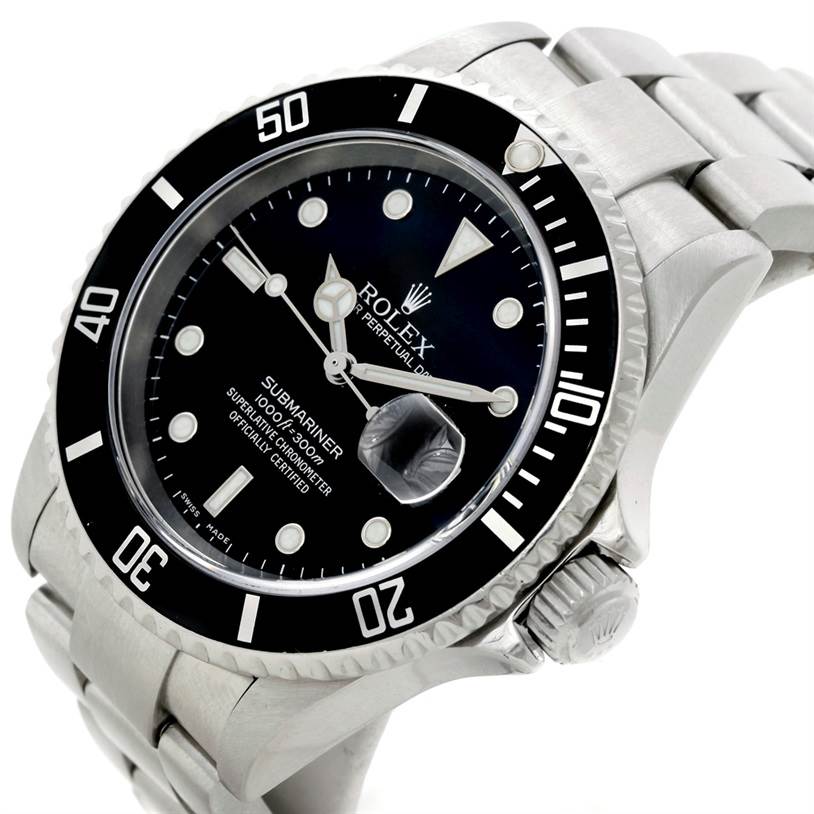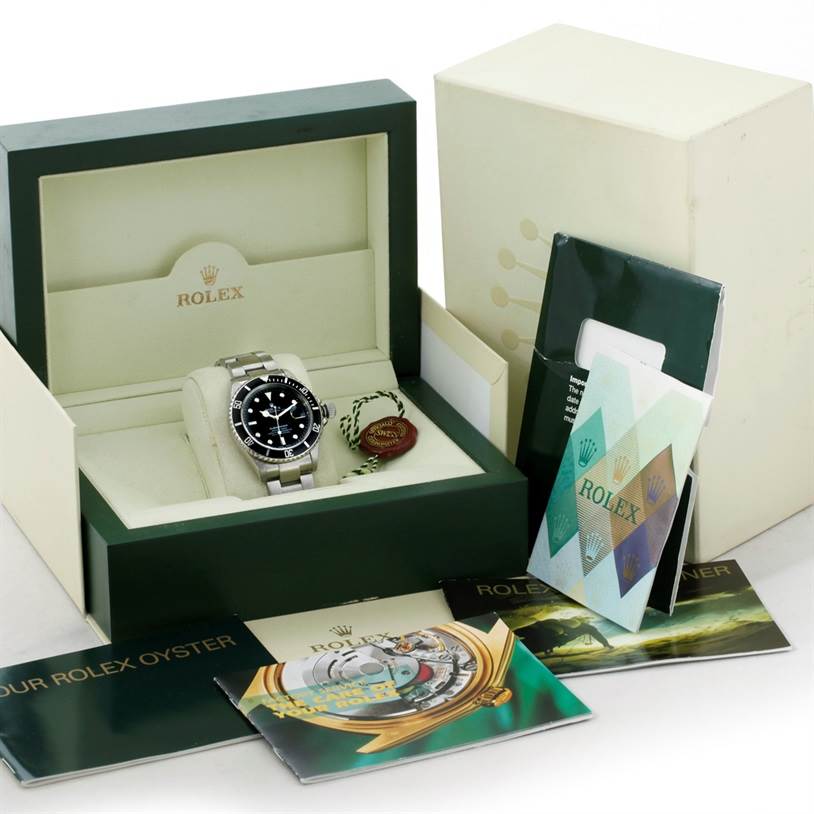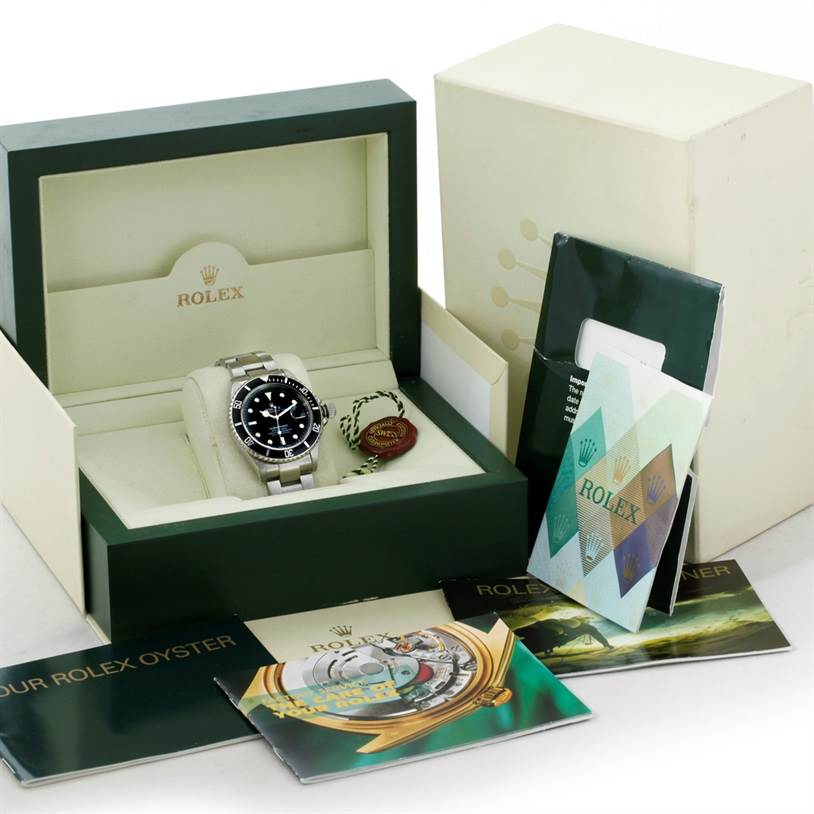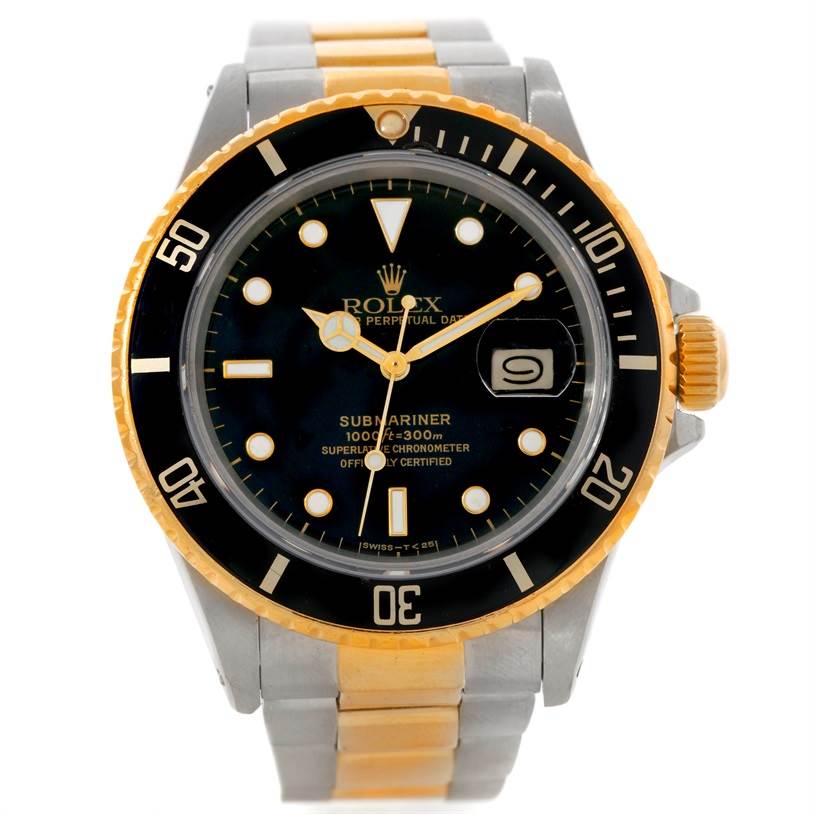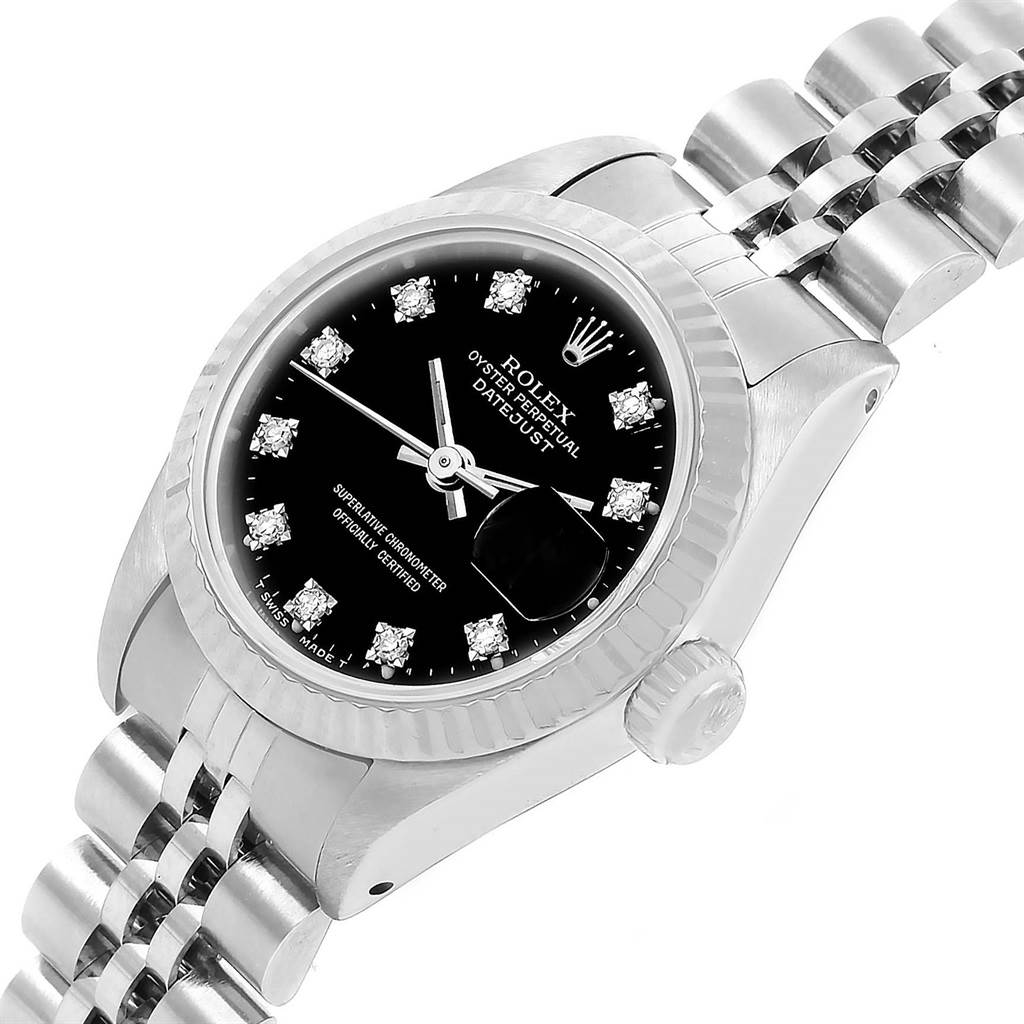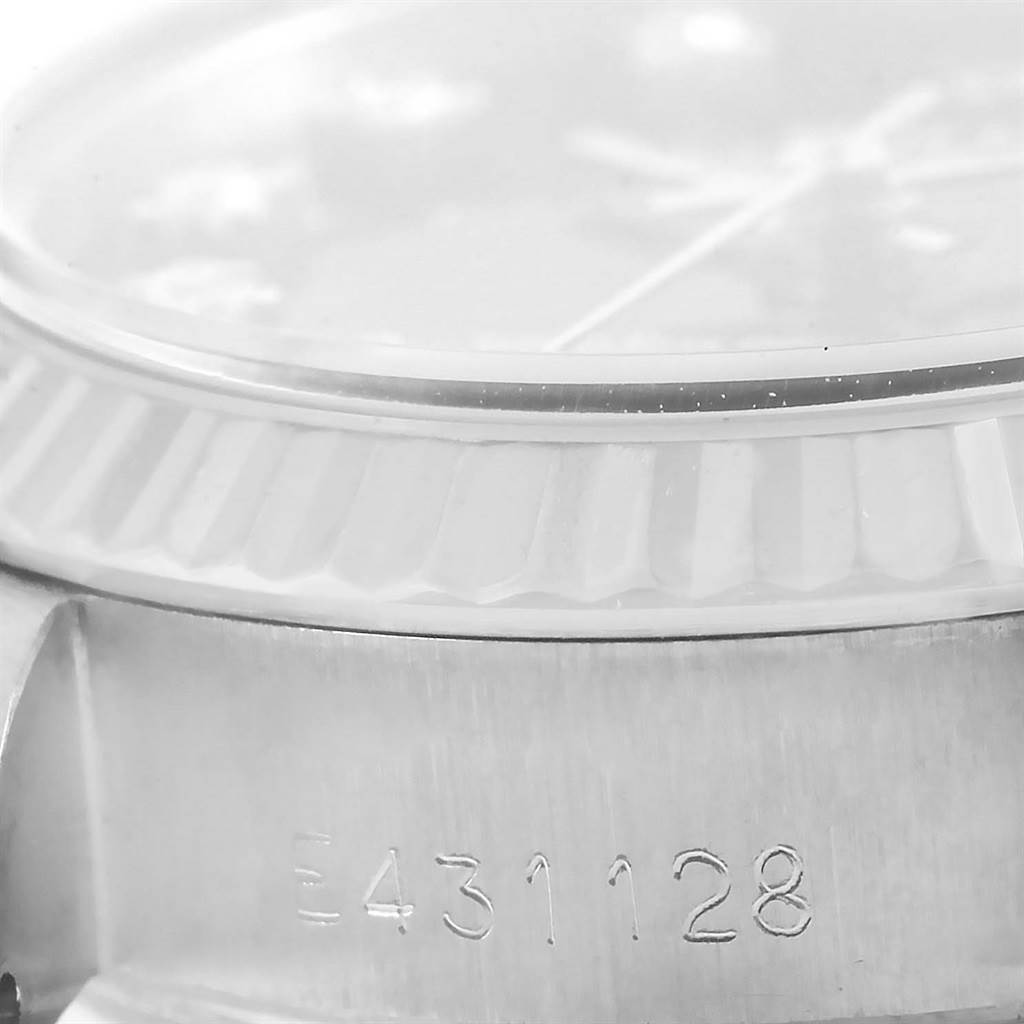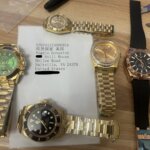Now, if we ask ourselves, “does a spring-loaded drive contain an escapement” we can turn to the various definitions of “escapement”. It is worth noting that, at this point, almost all dictionary definitions related to horology (the term also has non-horological uses – for example, the device that automatically advances the slide when a key is pressed and released in a mechanical typewriter is also called an escapement) assume that the escapement is mechanical, not possibly electromechanical. However, I think the Oxford English Dictionary captures the basic function of an escapement well when it says that an escapement is: “a mechanism in a clock or fake watch which alternately checks and releases the train by a fixed amount and transmits a periodic impulse from a spring or weight to a balance wheel or pendulum.” 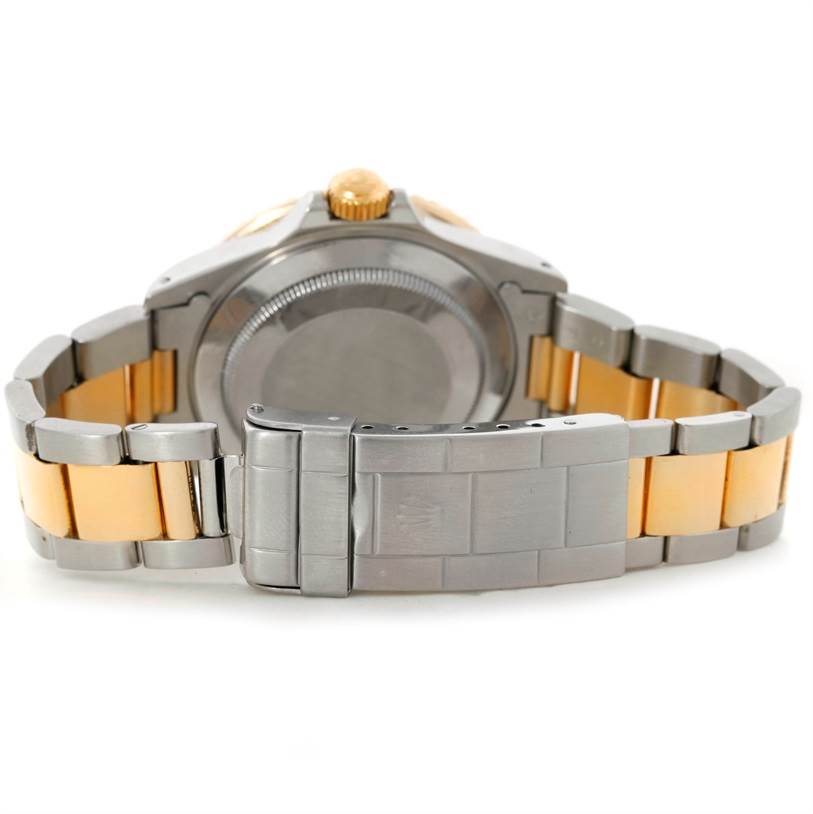
At this point, I think you can certainly make an argument that the triple synchronized regulator is an escapement – an oscillator and an escapement – because it includes a quartz crystal. From a functional point of view, it certainly fits the definition of an escapement – it powers the oscillator (via an electric current), and it also controls the timing system, albeit not by a fixed amount, but by a continuous braking process, which gives the spring-driven watch its characteristic, smooth-sliding seconds hand (and smooth-sliding hour and minute hands, since the hour and minute hands are driven by the gears of the timing system, rather than (driven by a stepper motor, as in a traditional quartz watch).
An interesting point raised by Chronos2 is that there is no power storage system in a spring-driven watch. The power source is purely mechanical, and if the mainspring breaks, the watch will stop immediately because there are no batteries or capacitors; in fact, nothing to drive them, even if they are present in the movement.
The last question is whether a traditional quartz watch has the escapement we have been discussing. I would say no, at least in the initial considerations. Quartz replica rolex watches have a battery that drives the oscillator, but the mechanism that drives the oscillator does not have a “loose” speed, so to speak, that corresponds to the Spring Drive or the mechanical train of a mechanical watch. Instead, the integrated circuit in a standard quartz watch counts the number of oscillations of the crystal, and when the equivalent of one second is reached, it sends a signal to the stepper motor to advance the second hand. If the movement of the second hand were determined by the rate of battery consumption, we would have an analogy closer to a true mechanical (or electro-mechanical) escapement, but this is not the case.
There are many aspects of the spring drive that are unique compared to other quartz-controlled watches, but for me, this is the most important point, and in my opinion, it makes the spring drive more closely related to a standard mechanical copy watch than one might think. However, as is the case with the spring drive, I think, ultimately, it is best understood as its own thing – a timing and regulating system that has no real close cousin in the world of horology. I hope you enjoy this little thought experiment, and, as always, I look forward to it, even hoping for fierce opposition in the comments
Read More »
